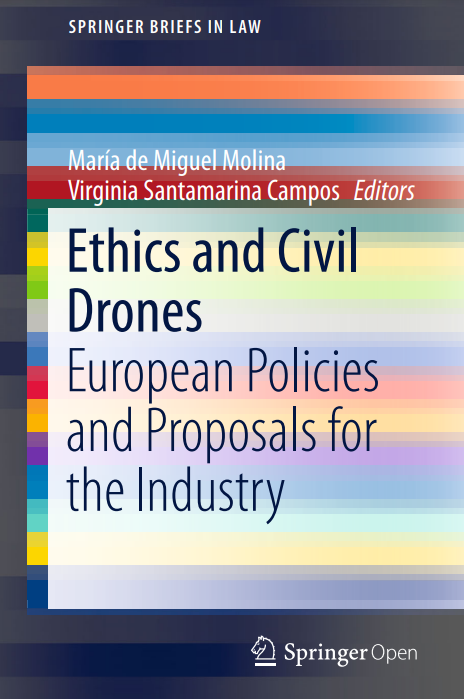Ethics and Civil Drones
Editorial: Springer Nature
Licencia: Creative Commons (by)
Autor(es): de Miguel, María y Santamarina, V.
Aviation has come a long way since the Montgolfier brothers carried out the first free flight of a hot air balloon across Paris in 1783. It took a further 120 years before the Wright brothers achieved sustained controlled powered flight in 1903. Not too long after that, the first scheduled commercial air passenger flight took off in 1914 across Tampa Bay, Florida. The aviation sector has seen tremendous advances both in relation to the technology and volume of air traffic since that first commercial
flight. Whilst the civil aviation section generally has relied on human piloted aircrafts, unmanned ‘pilotless' drones have also been developing alongside, albeit at a much smaller scale. Until the not too distant past, the uses of drones have been mainly confined to military and surveillance purposes. The significance of drones has, however, increased substantially in the recent years in the light of its use in various other sectors including agriculture, inspection, media and entertainment, as well as by hobbyists. It will only be a matter of time before remotely piloted aircrafts enter the realm of commercial flights.
[Cham: 2018]
Compartir:
Una vez que el usuario haya visto al menos un documento, este fragmento será visible.


